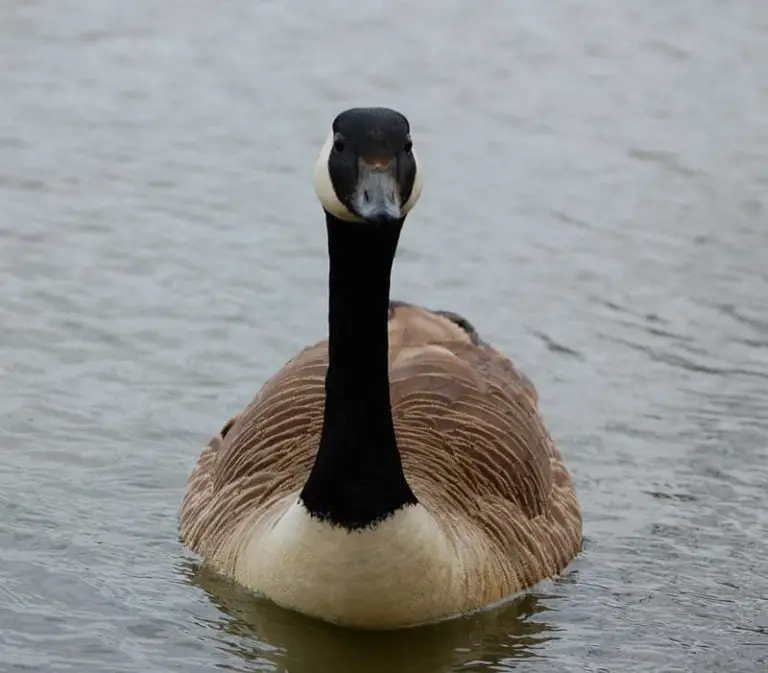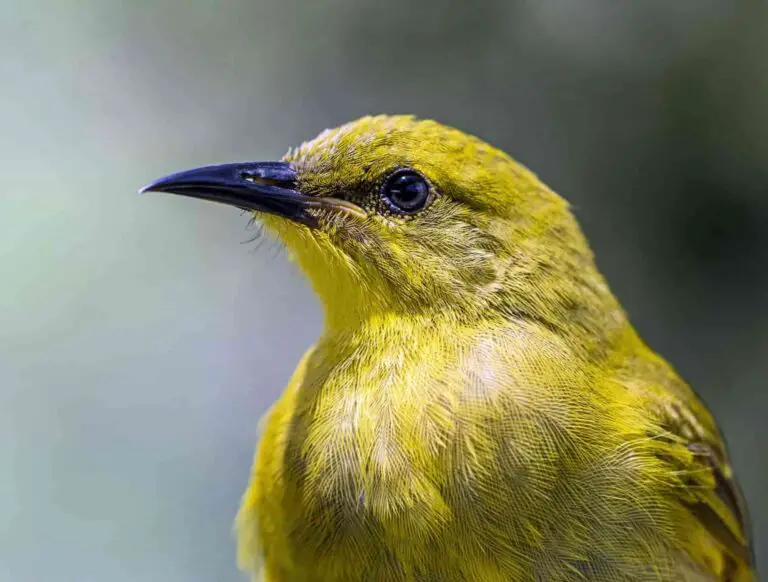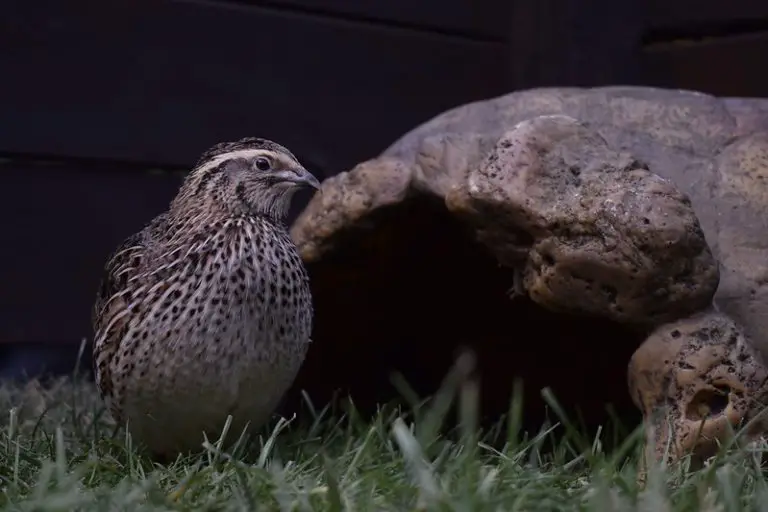Do Eagles Have Night Vision? (Night vision of Eagles)

I recently saw an animal documentary that surprised me quite a bit, in fact, all animal documentaries surprise me, no matter how simple they are.
In this documentary, I was able to see a small owl, attacking a large eagle and its young, what I found surprising was that the eagle looked helpless and confused.
Obviously, physically an owl is inferior in every way to an eagle, but, there is a great advantage of the owl that the eagle does not have, and by the name of the topic I guess you know what I mean.
Exactly, eagles cannot see in the dark, eagles’ vision is excellent in the daytime, it is one of their main tools for survival and hunting, Although eagles have good night vision, they cannot see in total darkness, they are mostly diurnal hunting birds.
Because of this, the owl in the documentary could perform sneak attacks without the eagle being able to do anything, apart from this, it was a special kind of owl that emitted absolutely no sound while flying.
But, enough about owls, that will be another topic, the main point here is the night vision of eagles, because there are several species of eagles, will there be any that have night vision?
The eyes of eagles, like those of other birds, have a surprising feature: a powerful lens that helps them to focus on an object a few inches distant and change focus very quickly to an object far away. In this aspect too, they surpass our eyes as well.
Eagles have better night vision than humans
The fact that eagles cannot see in total darkness does not mean that they have poor night vision.
Eagles have very good night vision, in fact, they have much better night vision than us humans.
The eagle’s light receptor cells (called cones) in the eagle’s eye are five times larger when compared to the number of cells in the human eye: approximately one million per square millimeter, compared to 200,000 per square millimeter for us.
each cone is basically connected to a neuron, the optic nerve of the eagle – which transports messages from the eye to the brain – has double the number of fibers than that of a human being.
How does the vision of nocturnal animals work?
The eyes of nocturnal animals are constructed very differently from the eyes of diurnal beings. Nocturnal animals have much larger eyes compared to their body size than humans and diurnal animals.
They also have pupils that can open very wide in the twilight to capture any available residual light.
When rays of light have passed through the pupil, they are focused in the eye on the retina. The retina is connected to the optic nerve, which directs the light impulses to the brain.
The structure of the retina is extremely complicated, it consists of 10 different layers and more nerve cells collect on it than anywhere else in the body.
The two most important receptor cells there are rods and suppositories. Suppositories ensure that we can perceive details and colors.
The rods are more sensitive to light and therefore have a lower spatial resolution.
They react primarily to light and dark stimuli. In the eyes of nocturnal animals, the rods are especially active. Most nocturnal animals, therefore, have only a few suppositories.
Nocturnal animals, however, have even more tricks to capture every ray of light at dusk or at night. Some animals, such as cats, have a mirror-like layer in the back of the eye, the tapetum.
The tapetum acts there as a kind of residual light amplifier. The light rays are reflected, pass the retina a second time and can be evaluated by the uvula one more time.
That is also the reason why cat eyes glow in the dark. By the way, the color of the wallpaper varies from animal to animal. Researchers can also determine the animals at night by the color of the glow in their eyes.
During the day, nocturnal animals have to protect their sensitive eyes from the glaring sunlight. For this purpose, some animals have a kind of eye patch that slides in front of the eye and protects it.
Most animals, and we humans too, simply make the pupil smaller. This can be done in a number of ways.
In humans, for example, the pupil retains its circular shape and simply becomes smaller. Or, as is widespread in the animal kingdom, it pushes together on the sides and becomes slit-shaped.
There are horizontal, vertical and diagonal slots depending on the species.
An example of a bird with excellent night vision
Owls have such excellent night vision that even on a moonless night they can spot a mouse tripping through the undergrowth more than 100 meters away.
In order to achieve such a feat, owls have very special eyes: First, the animals’ unusual eye shape ensures a wider surface of the retina.
Second, the owl’s iris can expand enormously, the opening can be up to twice as large as that of a hawk. The eyes also have special lenses.
These are able to enlarge visual information like a telescope. No movement, no matter how tiny, escapes the sharp owl eye at night.







